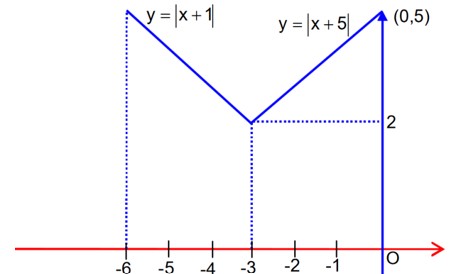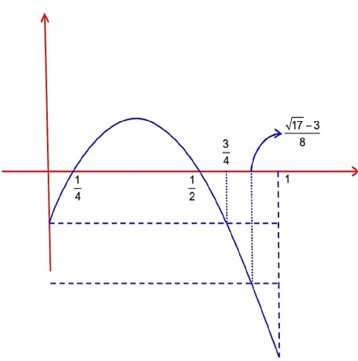Definite Integrals
Get insights from 36 questions on Definite Integrals, answered by students, alumni, and experts. You may also ask and answer any question you like about Definite Integrals
Follow Ask QuestionQuestions
Discussions
Active Users
Followers
New answer posted
2 months agoNew answer posted
3 months agoContributor-Level 10
.(A)
Put .(i)
Using properties
.(ii)
Adding (i) and (ii) we get
f(2) – f(0) = e2 – 1
From (A) l = 2e2 – e2 + 1 = e2 + 1
New answer posted
3 months agoContributor-Level 10
Given
put 1 - x =
dx = -dt
From (i)
(i)
Similarly by (ii)
Adding (iii) & (iv)
Putting
Hence dx = a lm, n
-> a = 1
New answer posted
3 months agoContributor-Level 10
Given a > b
Area common to x2 + y2
is
Similarly
Equation (i) and equation (ii)
Equation (i) + equation (ii)
a2 = 75, b2 = 27
Related Tags
Taking an Exam? Selecting a College?
Get authentic answers from experts, students and alumni that you won't find anywhere else
Sign Up on ShikshaOn Shiksha, get access to
- 66k Colleges
- 1.2k Exams
- 680k Reviews
- 1800k Answers


